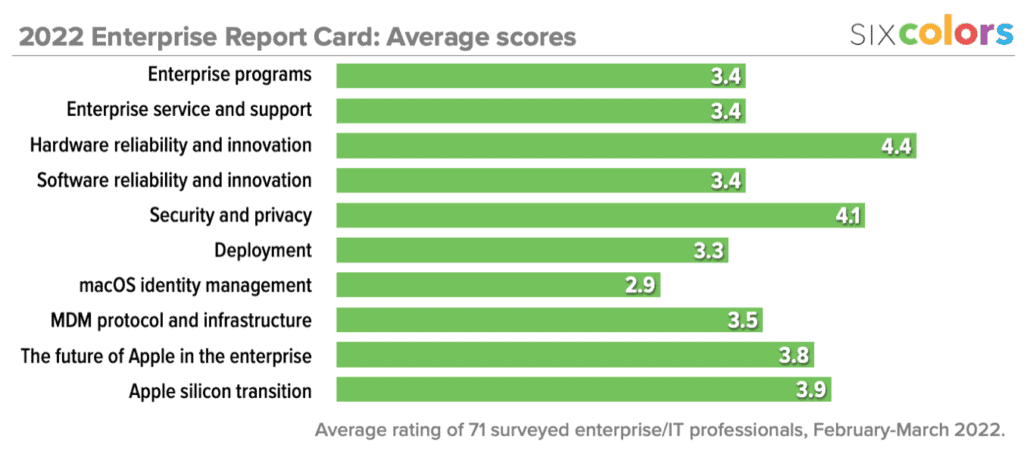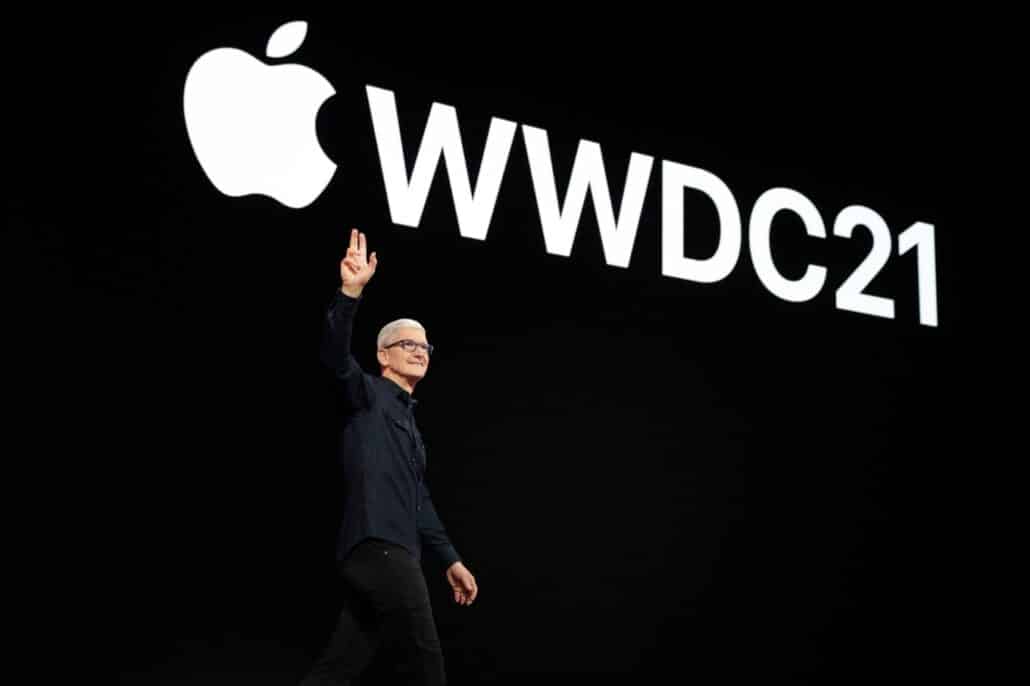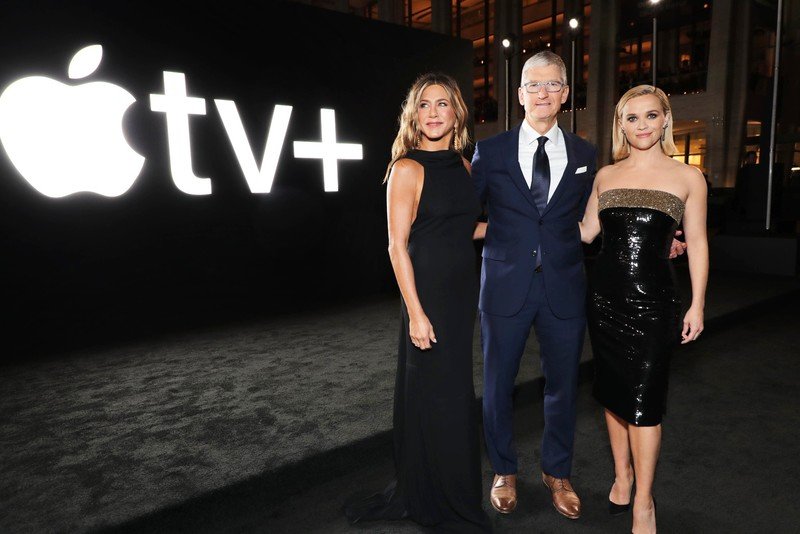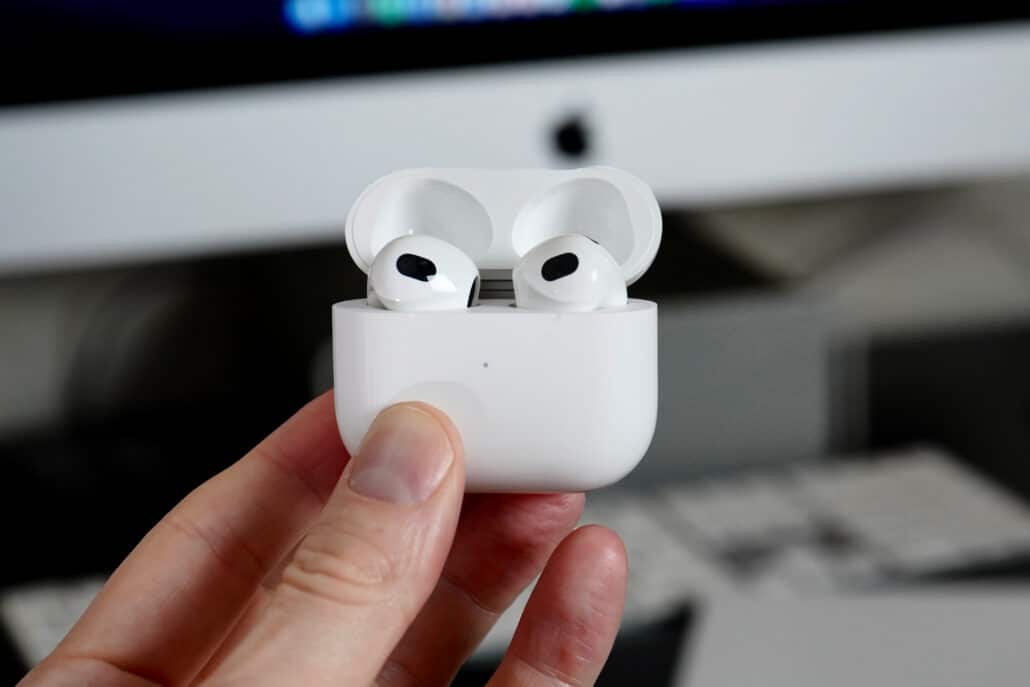
Apple TV: If we only had a wheelbarrow

On Thursday I asked why the Apple TV still exists in its current form and at its current price. I had some ideas, but if you phrase a headline in the form of the question, you should expect lots of people to answer. So with the help of an awful lot of Twitter and email, let’s revisit the list of the Apple TV’s assets…
It’s from Apple. As I wrote Thursday, there’s power in being an Apple product. People trust Apple, like its products, and feel like they’re the safest bet to fit into Apple’s ecosystem. The Apple logo carries weight. But more specifically it leads to something I heard a lot yesterday…
Privacy focus. A lot of people trust Apple to not monitor their data and use it in questionable ways. Several people pointed out stories from a few years ago about how many embedded TV systems collect data about what you’re watching and can potentially sell, aggregate, and share that data.
While I would argue that being used as a 21st-century Nielsen Family isn’t the worst thing a tech company could do to you, it appears that most of them (including Roku) let you opt out of all identification and data-sharing features. I have yet to see any evidence that suggests these features don’t do what they say.
Still, you do have to opt out. It’s a system built to share data, unless you turn it off. Apple’s system is more private by design—except in all the ways that apps transmit data back to home base, which they most definitely do.
TV App integration. One of Apple’s most important tvOS strategies the last few years has been building integrated viewing data into the TV app, so that it’s the hub of your viewing experience. Originally Apple said that “the future of TV is apps,” but later it shifted gear to more of a “the future of TV is the TV app” approach, where apps for other streaming services are launched from within the TV app, which knows what you’ve subscribed to and what you’re watching. While the TV app exists on other devices, it can only comprehensively track what you’re watching across services on the Apple TV. (Unfortunately, this approach is hamstrung by Netflix refusing to share data with the TV app.)
Fitness+ integration. This is the best recent example of Apple adding new features to tvOS that aren’t replicated on other platforms. Though AirPlay support for Fitness+ is forthcoming, it won’t include integrated health data streamed from the Apple Watch, which means it will remain less compelling than the Fitness app that Apple built for tvOS.
Sophisticated apps. Because tvOS is based on iOS, and because the Apple TV box has a powerful A-series processor inside, Apple’s interface is smooth and apps can be more powerful than on low-powered streamer boxes. I think this is true, to a certain extent, but developers need to be motivated to develop for Apple TV, and the more boxes Apple sells, the stronger that motivation becomes. Right now they’re not very motivated.
Games. I mentioned this yesterday as a possible direction for future Apple TV growth, since Apple has a library of iOS games that can be brought to tvOS fairly easily, and tvOS now supports two generations of gaming controllers. However, mobile games are not console games, and adapting them to a controller doesn’t always work very well. That said, the more people are buying Apple TV boxes, the more motivation game developers will have to make their games available on the platform.
Audio support. HomePods as external speakers for Apple TV is a unique feature, as I mentioned yesterday, though I’ve heard lots of reports of this being buggy. I also heard from people who like the ease of connecting their AirPods to Apple TV, and that’s a strong platform advantage. The $99 Roku Ultra will do Bluetooth, but it won’t be an easy a task to connect and disconnect AirPods—though you can plug in wired headphones to the Roku Ultra’s remote and listen that way, which is a nifty feature.
Video/audio quality. Apple’s support for Dolby Atmos and its automatic content-matching features place it at the high end of functionality for this market. If you want support for Dolby Atmos and Dolby Vision on a Roku, you’ll pay $100—still a lot less than an Apple TV, but closer to the ballpark. (Still, if you’re fine with regular old 4K HDR, the $35 Roku box will do that.)
HomeKit support. As I wrote yesterday, there’s potential here. The current Apple TV functions as a HomeKit hub, so if you don’t have an iPad or HomePod in your house, you’ve still got a device that can operate to run automations on your home devices. But Apple could add HomeKit features in new hardware and software that could make this a much stronger Apple TV selling point.
The remote. People are split on the remote, just as I am. I don’t despise it, but it has its moments where, as one acquaintance wrote to me, “you touch it wrong and enter a different dimension.” I did this last night, in fact. I fumbled with the remote, and dropped it, and in doing so managed to launch an app I didn’t want to launch and start playing a video I didn’t want to see. Fun! But scrubbing through video to find just the scene I want… that’s still a great experience. Apple needs to make a better remote, but I hope it tries to keep some of the spirit of the current Siri Remote.
Pretty screensavers. I joked about it yesterday, but several people said they really love the Apple TV screensavers and leave them running all the time. I like them too, but… not enough to justify a purchase.
Photos integration. I wrote a book about Photos, so I’m kicking myself for not mentioning this before. If you want to view your iCloud Photo Library photos, or set a bunch of iCloud photos as your screen saver, you can do that on the Apple TV with ease. If you’re deep in Apple’s ecosystem and want personal photos on your TV, Apple TV is the box for you. (I don’t use personal photos as my screensaver. I prefer slow aerial images.)
Music app. Several people wrote in to say that they preferred listening to Apple Music via the dedicated TV app, rather than using AirPlay. The Music app does offer more than a simple AirPlay session ever could, but I have to admit that this argument leaves me cold. I use AirPlay for audio all the time, most notably to my HomePods. I also spent all last weekend AirPlaying music through a Roku TV, and it worked quite well.
Unique apps. Some users report that must-have apps in their region or from their TV provider require Apple TV. While I’m not entirely convinced that a TV provider in a region would only make their app available on tvOS and not on Roku or Fire TV, it is absolutely true that some cable companies have standardized on Apple TV as an alternative for a traditional cable box. If you’re a Spectrum customer, Apple TV is right for you. As for me, Comcast has an excellent app for streaming its cable channels to a TV. It’s available on iPad, iPhone, and on Roku, but not on tvOS. Go figure.
I also heard from people who love using the Infuse video app, which is tvOS only. Sounds good! I would argue that if Apple sold more Apple TVs, more developers would be inclined to create great tvOS apps and the whole platform would benefit.
Lack of knowledge. Let me be blunt: A lot of people defend the Apple TV because they aren’t aware of the current state of affairs in this product category. TV streamer boxes and sticks exist that feature AirPlay support and the TV app, and that they cost a lot less than Apple’s box. I heard from numerous people who said that the Apple TV was good because it was so much better than the apps on their TV. Fair enough—but cheap boxes can provide a similar upgrade for a fraction of the cost. Today, if you just need to stick AirPlay on a TV, you shouldn’t buy an Apple TV—you should buy a cheap box that supports AirPlay. You can connect five TVs for the price of one Apple TV.
So, why does the Apple TV still exist?
In the end, I’m left with the same feeling I had yesterday: Even after Apple has removed the two biggest reasons to buy an Apple TV (exclusive access to AirPlay and Apple’s video content), there is a whole collection of small reasons to buy an Apple TV. But of course, they all require that users pay a large premium—not the usual step-up for Apple products over the competition, but a fivefold increase in price. (Imagine if AirPods Max cost $1800.)
Some people will pay that premium. A lot of people won’t—and aren’t.
While I found an awful lot of people who wanted to defend their purchase of an Apple TV with specific use cases, I didn’t find a lot of people who argued that Apple should keep the Apple TV as is in terms of price and functionality. It seems like there’s fairly broad agreement that Apple should make the product both better and more affordable.
Which only makes sense, when you think about it. The more people who use the Apple TV, the better it becomes as a platform. More developers would target it. Streaming services would prioritize it for app updates. Apple would have more leverage to get developers to adopt new tvOS features, like the sadly underutilized Picture in Picture feature introduced last year.
Should Apple just kill the Apple TV? It could, but I think I’d prefer that it stuck around—assuming Apple can create a version of this product that makes sense and is viable for the long term. It needs to do more, be more competitive on price, and appeal to a wider swath of potential buyers.
More than anything else, Apple needs to give all of us a reason to believe that it actually cares about this product, which remains unchanged since 2017.
The only entity that can truly answer why the Apple TV should still exist… is Apple. We’re waiting.






